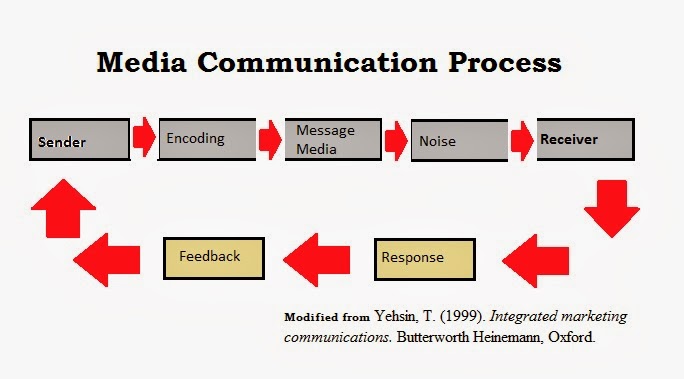Marketing is a fundamental function of any business
or organization. Without a strong marketing mix and design maximization revenue
will be limited. A study by Zhang & Buda (1999) tested the effectiveness of
message framing and need for cognition to determine which types of people
certain advertisements appeal. Most demographics are based in tangible concepts
such as locality and income but the psychological depth of processing
advertising has not been fully explored.
All marketing messages are part of a communication.
It follows a process where the sender encodes information, uses a medium (i.e.)
media, is distorted by environmental noise (internal or external), decoded by the
receiver, that elicits a response (i.e. to purchase or not purchase) (Yehsin,
1999). The depth by which person decodes and interprets information is
important for determine marketing effectiveness. Those with a need for higher
or lower cognitive engagement will naturally have different responses.
Message framing is a concept that explains how the
word choices are formulated to make positive or negative impressions in the
listener’s minds. A positively framed message emphasizes the products
advantages while a negatively framed message highlights the losses that result
from not taking action. Products become evaluated on their economic gains and losses
while mediated by consumer personality.
How these messages are framed has an important
impact on the reaction of viewers. Prospect theory helps understand that risk
aversion and risk prone behaviors are a result of how the message is framed
(Kahneman and Tversky, 1979). When messages are positive viewers may think in
terms of avoiding risk while when a message is negative people are likely more
risk-prone in avoiding loss. Negative messages seem to have a greater influence
in attracting interest.
The need for cognition is another variable in the
marketing mix. Cognition is associated with the ability to think about the
message and process it deeper than those who have a lower need for cognition
(Andres, et. al., 1990). There are some
people in the environment who want critical information to gain benefits and
process information deeper while some process information at a lower rate and
make decisions based on less logical motivations.
Those with higher levels of education are likely to
be more focused on the gains (i.e. positively framed messages) while those with
less education are more respondent to negatively framed messages (Smith, 1996).
Educated managers and experienced businesspersons are likely to pay attention
to more critically oriented positively framed messages. A higher value product
will require additional cognitive engagement when compared to lower priced
convenience products.
The researchers found through their study of 160
participants that framing has a significant influence on consumer’s response.
Messages should be framed by cognitive predispositions of the target audience.
Those with a lower need for cognition are more susceptible to negatively framed
messages while those with a higher need for cognition are more receptive to
positively framed messages. Expert opinions are supported by those who have
lower cognition levels while such opinions are less useful for those with
higher level cognition. Higher
cognition people focused on the message core while lower cognition people
focused on the message context.
Comment: Demographics and culture can change the way
in which people understand and react to marketing messages. This leaves some
difficulty finding ways to market within different cultures. Since cognitive
engagement, or lack of cognitive engagement, is a universal aspect of being
human it is less subject to cultural decoding bias. Business to Business marketers
may want to focus on high cognition marketing (the message) while retail and
convenient product markets may want to focus on low cognition marketing (the
context).
Ahang, Y. & Buda, R. (1999).
Moderating effects of need for cognition on responses to positively versus
negatively framed advertising messages. Journal
of Advertising, 28 (2).
Andrews, et. al. (1990) A
Framework for Conceptualizing and Measuring the Involvement Construct in
Advertising Research," Journal of Aduertmng,19 (4), 27-40.
Kahneman,
Da. and TverBky, A. (1979), Prospect Theory: An Analysia of Decision Under RiBk.,
Econometrica, 47, 263-291.
Smith, G. (1996). Framing in
Advertising and the Moderating Impact of Consumer Education. Journal of
Advertising Research, 36 (5), 49-64.
Yehsin, T. (1999). Integrated marketing communications. Butterworth Heinemann, Oxford.

No comments:
Post a Comment